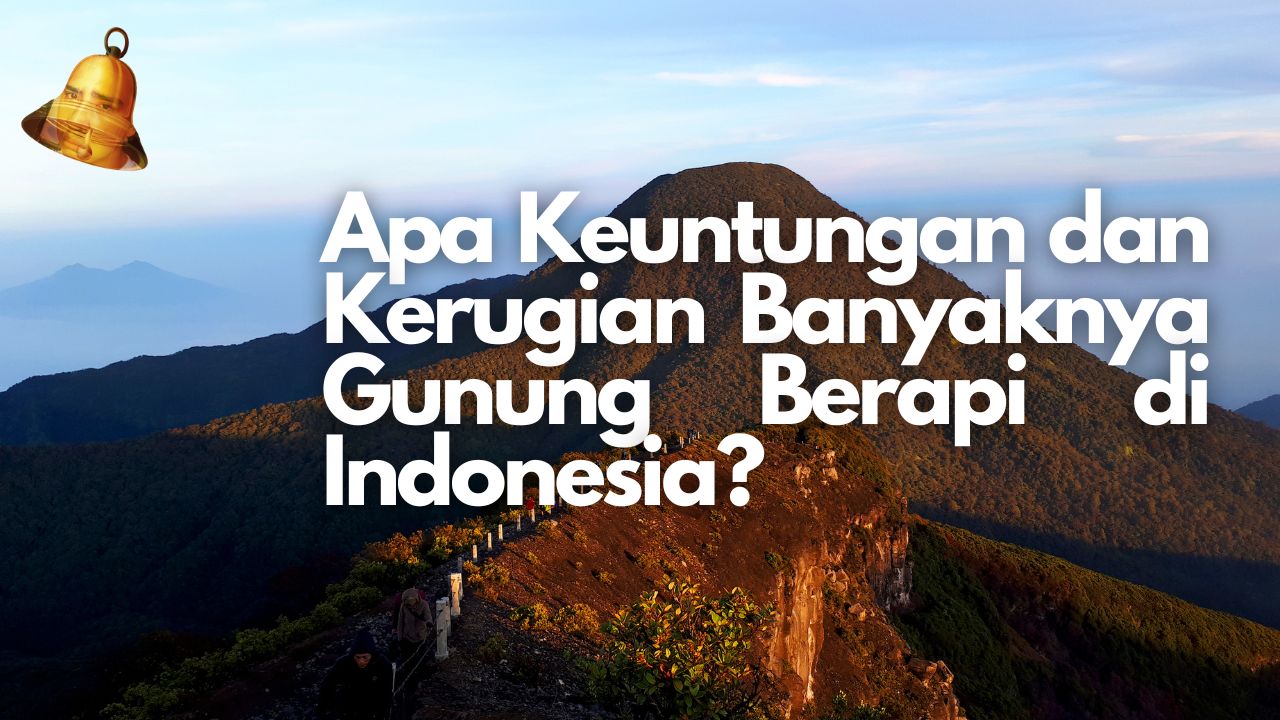Indonesia is a country that has many volcanoes. According to data from the Center for Volcanology and Geological Disaster Mitigation (PVMBG), there are around 127 active volcanoes in Indonesia, spread throughout its territory. Volcanoes are a natural phenomenon that can have both positive and negative impacts on human life. What are the advantages and disadvantages of the many volcanoes in Indonesia?
Benefits of the Many Volcanoes in Indonesia
Volcanoes in Indonesia have many benefits for society and the environment. Here are some of the advantages of volcanoes in Indonesia:
Provides valuable natural resources

These resources can be utilized for industrial, agricultural and energy purposes. For example, minerals such as gold, silver, copper and sulfur can be processed into high-value items. Coal can be used as fuel for power plants. Geothermal heat can be used to produce electricity and water heaters. Natural gas can be used as fuel for vehicles and households.
Forms fertile soil and is rich in nutrients
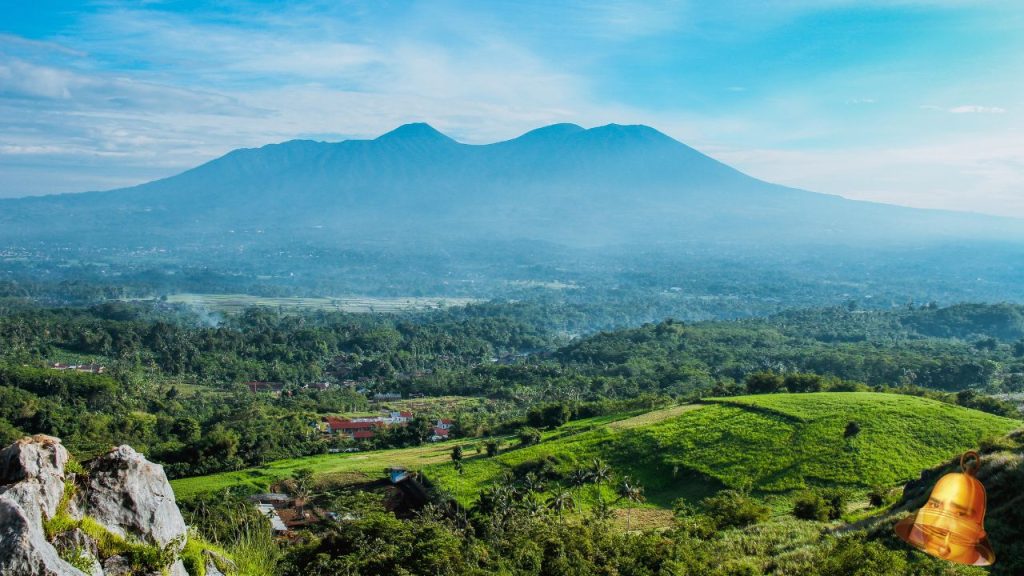
This volcanic soil is suitable for growing various types of plants, such as rice, coffee, tea and spices. Volcanic soil can also absorb rainwater well and prevent flooding. For example, in West Java, volcanic soil from Mount Gede Pangrango is a source of irrigation for the surrounding rice fields. In North Sumatra, volcanic soil from Mount Sinabung becomes agricultural land that produces coffee, vegetables and fruit.
Adding natural beauty and biodiversity
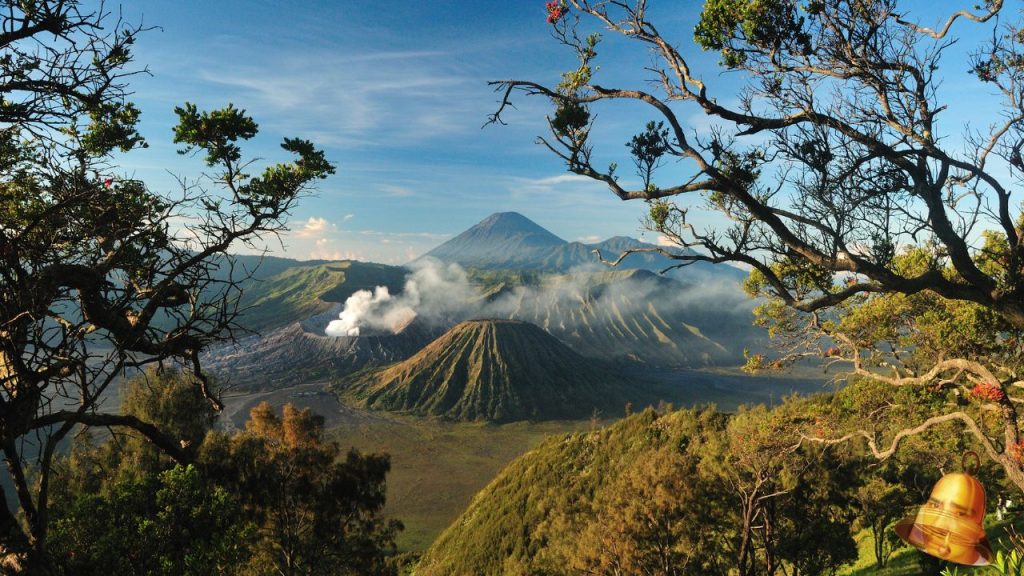
Volcanoes form beautiful and interesting views, such as crater lakes, waterfalls, forests and savanna. Volcanoes are also a habitat for various types of endemic and rare flora and fauna. For example, in East Java, Mount Bromo has a dark blue crater lake and is surrounded by white sand. In East Nusa Tenggara, Mount Kelimutu has three colorful crater lakes. In Papua, Mount Trikora has tropical forests which are home to birds of paradise.
Increase tourism and education potential
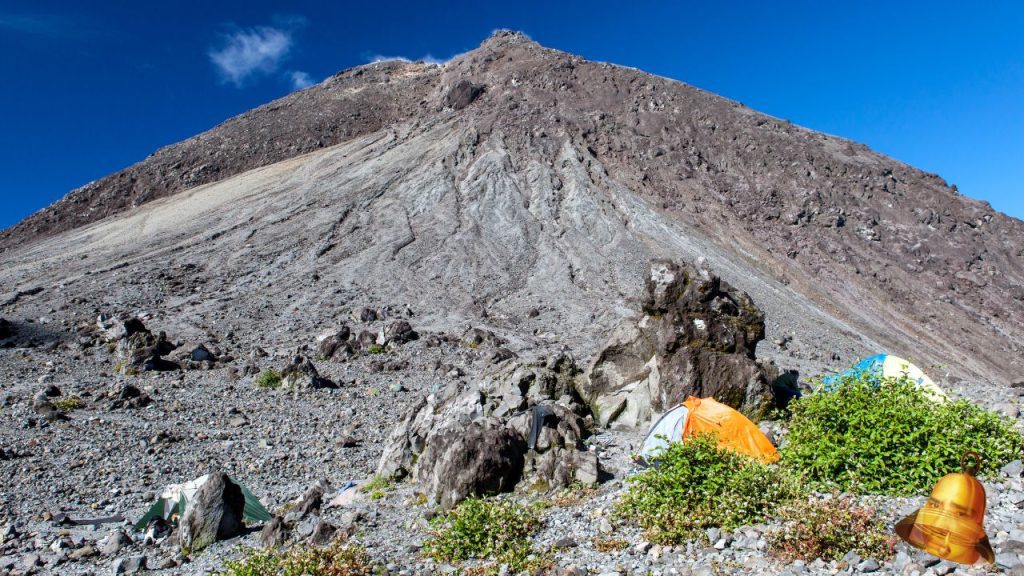
The volcano attracts local and foreign tourists to visit and enjoy its natural beauty. Volcanoes are also objects of research and learning for scientists, students and students who want to study geology, biology, history and Indonesian culture. For example, in Bali, Mount Agung is a religious tourist spot which has a large temple at its peak. In Central Java, Mount Merapi is an adventure tourist spot that offers the sensation of climbing an active mountain. In South Sulawesi, Mount Bawakaraeng is an educational tourist attraction which has a geology museum at the foot of the mountain.
Disadvantages of the Many Volcanoes in Indonesia
Volcanoes have benefits, such as a source of geothermal energy, a source of minerals, a source of tourism, and a source of soil fertility. However, volcanoes also have disadvantages, such as:
Endangers human life and property
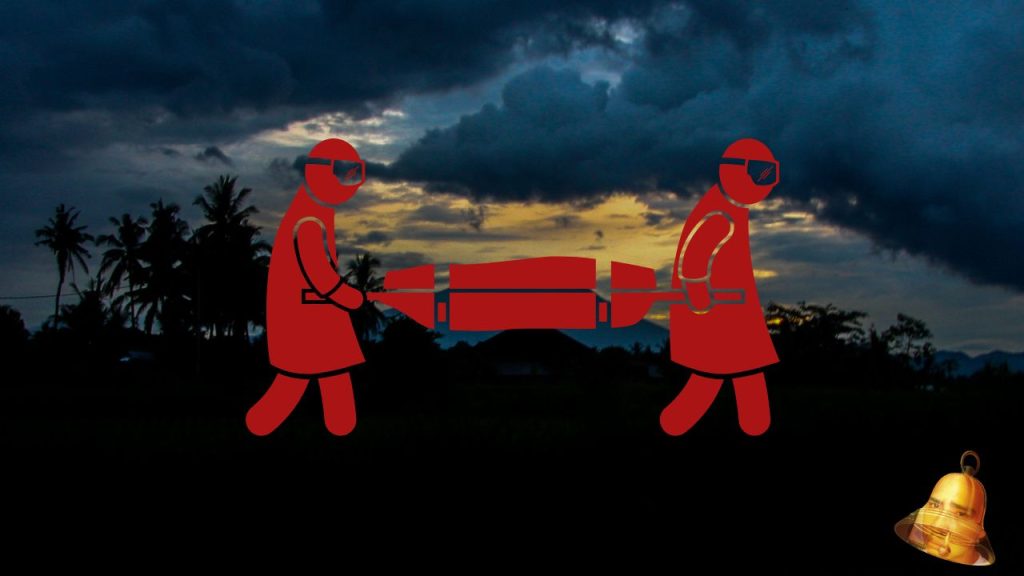
Volcanoes can erupt at any time and release volcanic material, such as lava, ash, gas and rock. This volcanic material can damage houses, plants, animals, infrastructure, and even cause casualties. An example is the eruption of Mount Merapi in 2010 which killed more than 300 people and displaced thousands of others. Apart from that, the 2017 eruption of Mount Agung also resulted in economic losses of around 11 trillion rupiah due to airport closures and a decrease in tourist visits.
Polluting the environment
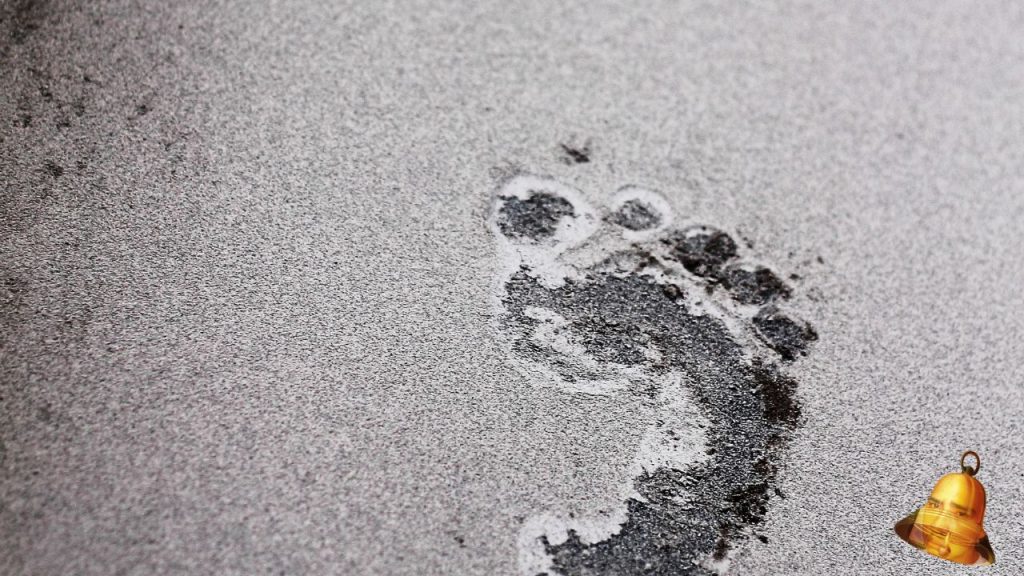
Volcanoes can produce air, water and soil pollution. Air pollution occurs due to volcanic ash which can disrupt the breathing of humans and animals, as well as reducing sunlight entering the earth. Water pollution occurs due to sulfuric acid and heavy metals dissolving in rainwater and flowing into rivers and seas. Soil pollution occurs due to volcanic ash covering the soil surface and changing the pH and nutrient balance of the soil. An example is the eruption of Mount Kelud in 2014 which caused ash rain over most of Java and damaged agricultural land and clean water sources.
Affecting the global climate
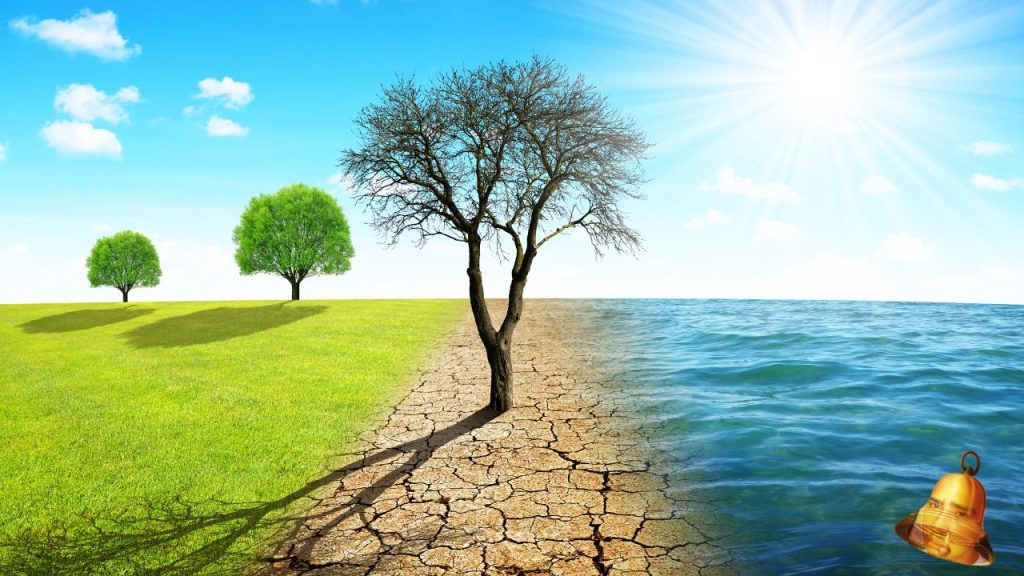
Volcanoes can influence the global climate by changing the composition of the Earth's atmosphere. Volcanic gases, especially sulfur dioxide, can react with oxygen and water in the air and form sulfate aerosols. This sulfate aerosol can reflect sunlight back into space and reduce the temperature of the earth's surface. This effect can last for several years to decades, depending on the amount of volcanic gas released. An example is the eruption of Mount Tambora in 1815 which caused a year without summer in Europe and North America in 1816. Another effect was increased earthquake and tsunami activity due to changes in pressure in the earth's crust.
Steps to Reduce Losses
To reduce losses from volcanic eruptions, there are several steps you can take, such as:
Monitoring volcanic activity regularly and accurately
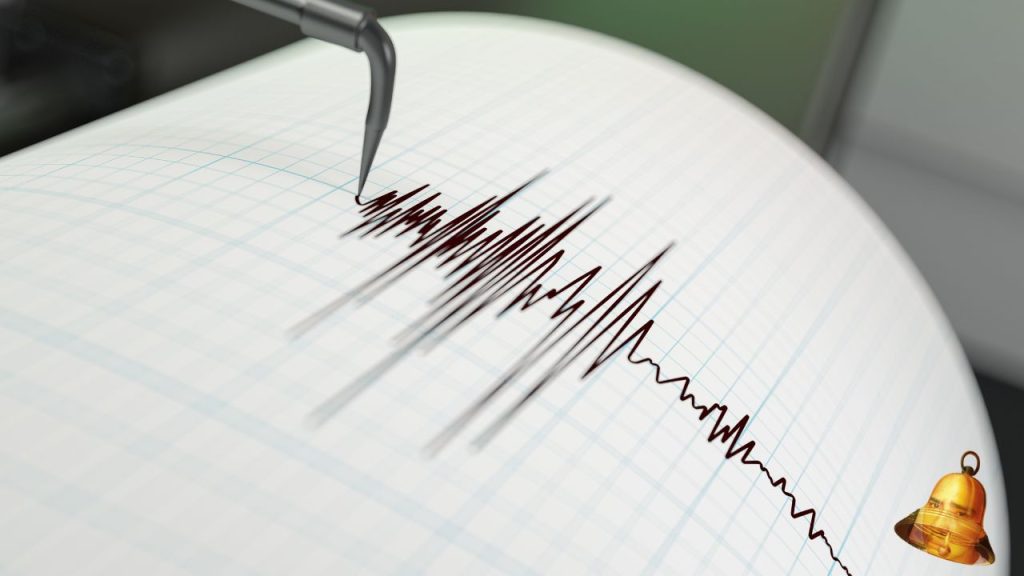
This monitoring can be done using tools such as seismographs, tiltmeters, thermometers, infrared cameras, gas spectrometers, interferometric radar, etc. This monitoring aims to detect early signs of volcanic eruptions, such as volcanic earthquakes, volcanic surface deformation, changes in temperature and volcanic gas composition, etc.
Conduct public education about the dangers of volcanoes

This outreach can be done using media such as pamphlets, posters, videos, radio, television, internet, etc. This outreach aims to increase public awareness about the risks of living near volcanoes, as well as providing information about volcanic disaster-prone zones, evacuation routes, temporary shelters, emergency equipment that must be prepared, etc.
Building infrastructure that can withstand earthquakes and volcanic eruptions
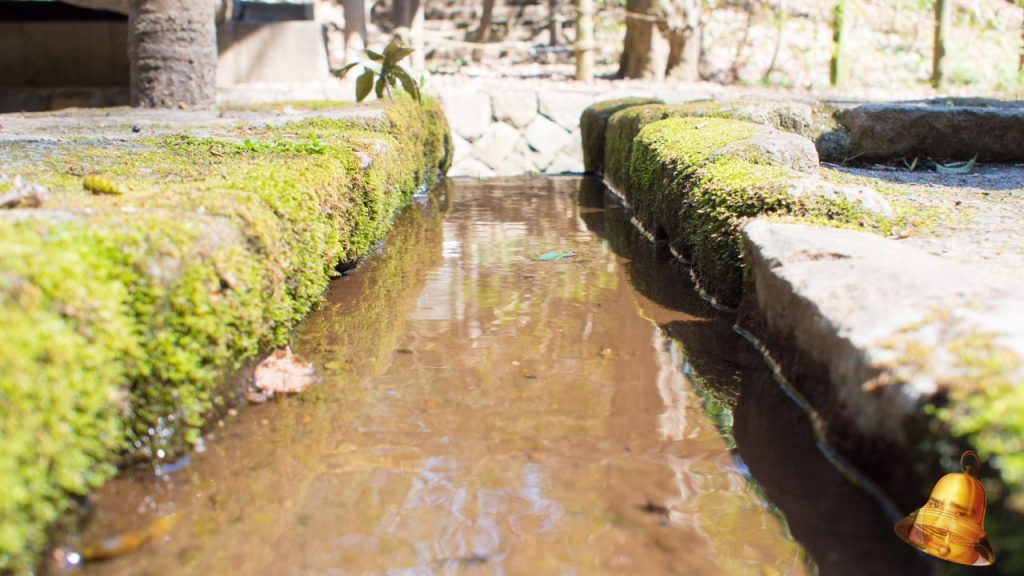
This infrastructure includes houses, roads, bridges, waterways, health facilities, educational facilities, communication facilities, etc. This infrastructure must be built using strong and flexible materials, and have a design that is appropriate to the geographic and geological conditions of the area. This infrastructure aims to reduce physical and economic damage due to volcanic eruptions.
Increase preparedness in facing volcanic disasters

This preparedness includes coordination between the government, research institutions, humanitarian institutions, mass media and the community. This preparedness also includes preparing contingency plans, evacuation simulations, volunteer training, provision of logistics and medical equipment, etc. This preparedness aims to speed up the evacuation process, handling victims and post-disaster recovery.
From the description above, it can be concluded that the many volcanoes in Indonesia have advantages and disadvantages for humans. The advantages of many volcanoes are abundant natural resources, attractive natural beauty, and high soil fertility. The disadvantages of many volcanoes are natural disasters that threaten life and property, air pollution that damages the environment, and social conflicts that arise due to natural disasters. Therefore, people around volcanoes must always be alert and ready to face any eventuality.


